“Plyve kacha po Tysyni...” (“Swims the duckling, on the Tysa...”)

Ukrainian mournful song written by Vasyl Grendzha-Donskyi.
Fonts:
Nastup (Basic)
Designer:
“Hey, I will perish, in a land foreign, Who will dig a grave for me?”
The requiem for the Heroes of the Heavenly Hundred may sound ironic. Those Ukrainians did not die in a foreign land, but in their native land. They died for European values and freedom. The first casualties happened in December 2013. The bloodiest period was February 18-20, 2014, when about a hundred protesters were killed at the orders from the regime of then-President Viktor Yanukovych.
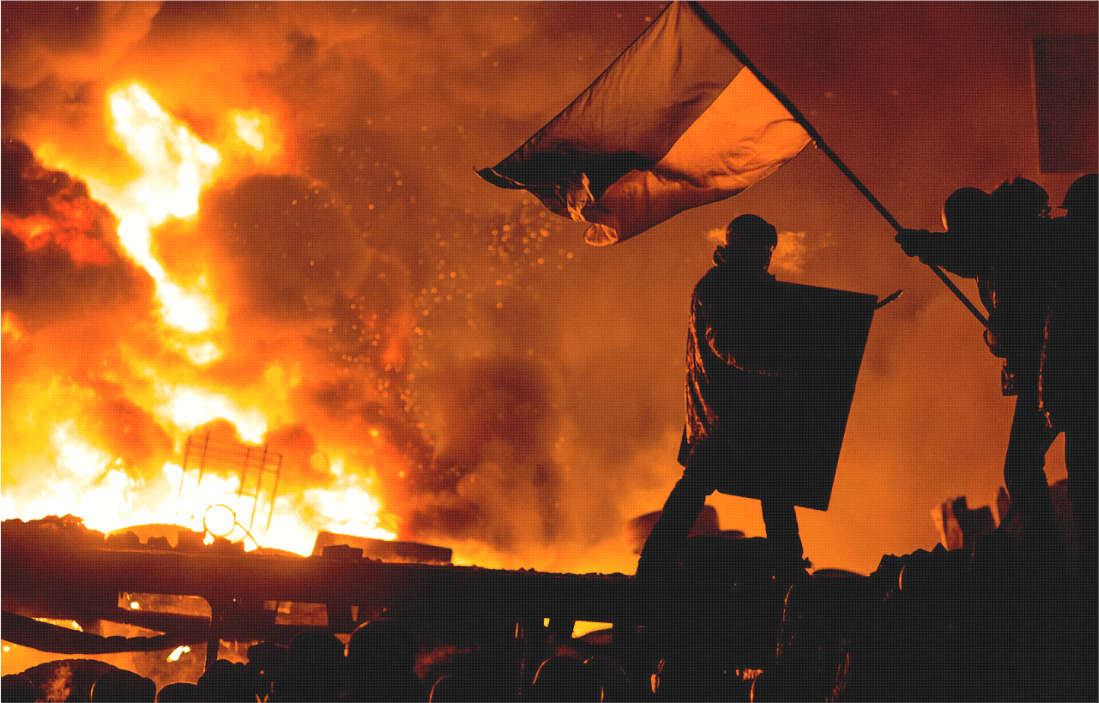
The Revolution of Dignity lasted 94 days, from November 21, 2013 to February 22, 2014. The litmus test was the suspension of preparation for the signing of the EU-Ukraine Association Agreement. First in Kyiv, and then throughout Ukraine, people took to the streets to protest against returning to the post-Soviet model, to defend Ukraine’s development as a democratic European country.
However, then-President Viktor Yanukovych did not plan to change the country’s course from Russian to European. Hence, to fight the protesters, the Ukrainian authorities dispatched the Berkut special police force of the Ministry of Internal Affairs. The Berkut fighters did not hesitate to resort to the most brutal means of suppression — on the night of November 30, 2013, they mercilessly attacked both demonstrators and journalists.

The actions of the security forces caused a snowball effect. The next day a march took place in Kyiv, where, according to different sources, 500 thousand to 1 million people took part.
Their demand to punish all those involved in the beating up of demonstrators was equivalent to restoring the state’s plans on European integration. Since then, the Ukrainians took to the cities’ squares every day.
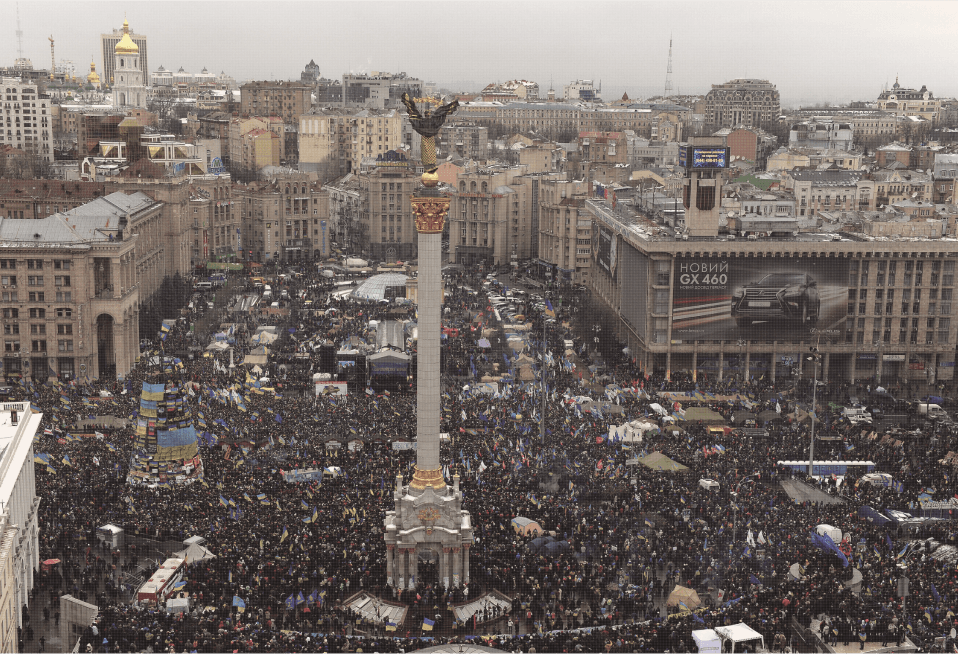
Tear gas, water cannons and all other means could not help the Berkut fighters stop the Revolution. On February 20, 2014, they tried to force their way into the Maidan (Independence Square) and used firearms. That day, 48 protesters were fatally wounded.
The total number of those killed on the Maidan during the 94 days of the Revolution was 107 people.

The Maidan self-organized security was formed in hundreds, and by analogy, the killed protesters were called the Heavenly Hundred. “Plyve kacha po Tysyni...” accompanied each of them during the funeral, and although it may seem like a folk song, it has a songwriter. About a hundred years ago, it was created by writer and translator Vasyl Grendzha-Donskyi from the Transcarpathian region.
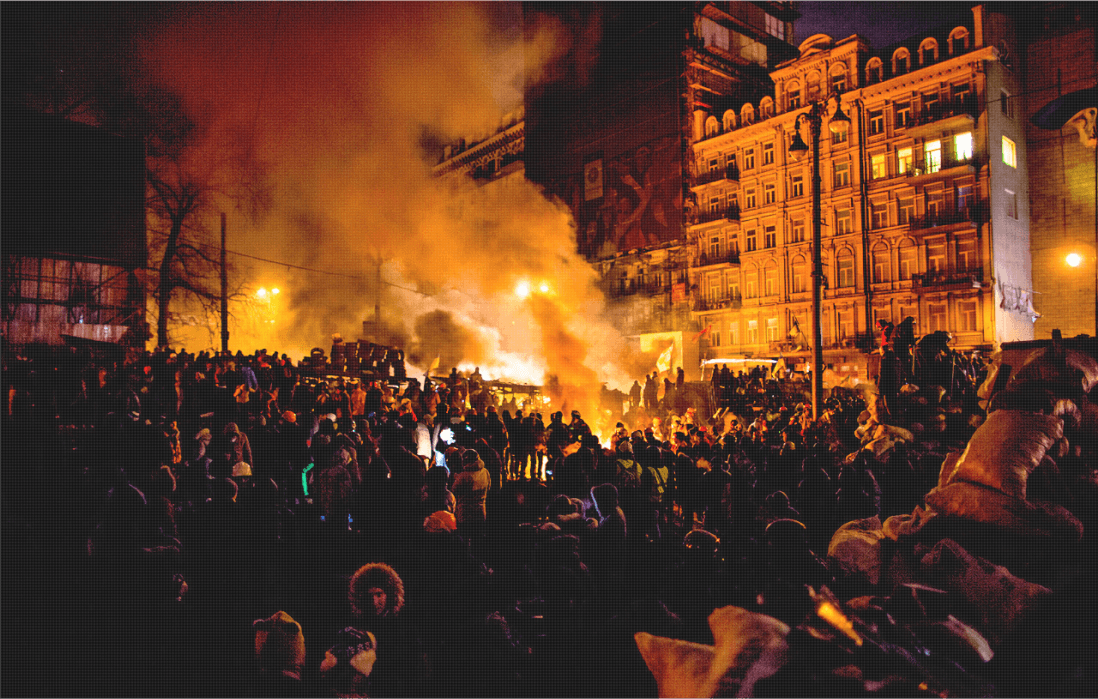
The century-old song has come to symbolize the Ukrainian resistance, resilience and love for freedom. It empowered people to lead the Revolution to victory, so that no more Ukrainians would need to be accompanied by the lines:
“Hey, I will perish, in a land foreign, Who will dig a grave for me?”
Fonts:
Nastup (Basic)
Details:
“Plyve kacha po Tysyni...” (“Swims the duckling, on the Tysa...”)
Designer:
About font:
Next letter and event

“Plyve kacha po Tysyni...” (“Swims the duckling, on the Tysa...”)
this project
in social
“Shchedryk” (The Little Swallow)


Aeneid by Ivan Kotliarevsky
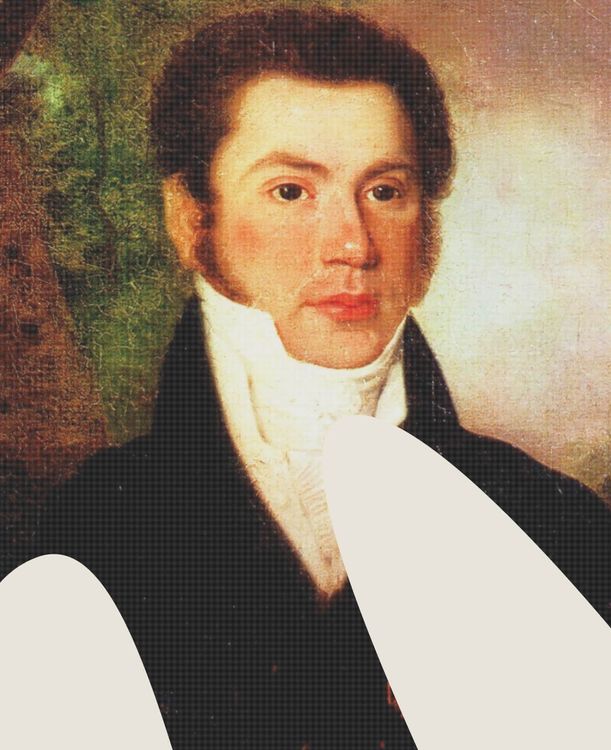
Lisova Pisnia (The Forest Song)
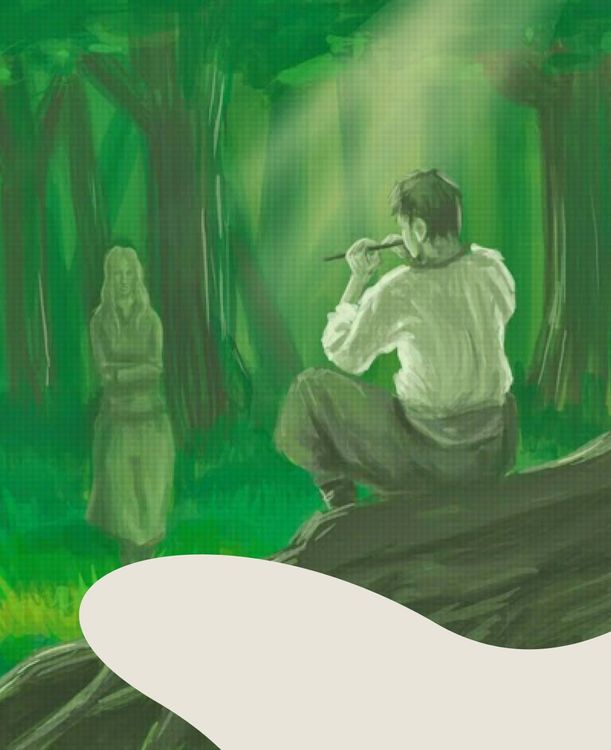
Antonov AN-225 Mriya ("The Dream")
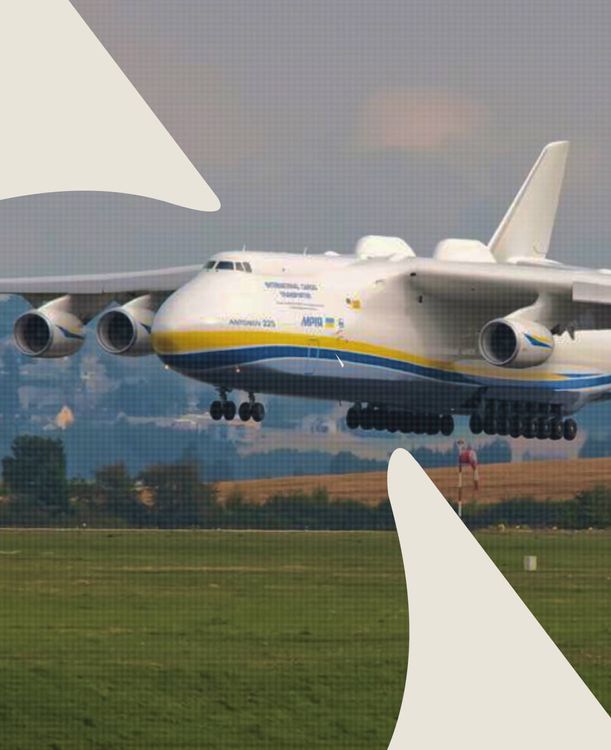
Khreshchenia Rusi (Christianization of Kyivan Rus’)


Falz-Fein and his “Askania Nova”

Yizhak protytankovyi (Czech hedgehog)

Crimean Tatars, Karaites and Krymchaks (qırımlılar, qaraylar)

“Smilyvi zavzhdy maiut shchastia” (“The brave always have happiness”)


The Trident of Volodymyr the Great

Zaporizka Sich (The Zaporizhian Host)

Yrii (/'irij/: iriy), yndyk (/in'dik/: turkey) and yrod (/'irod/: Herod)

Budynok “Slovo” (The Slovo Building, or "The Word")
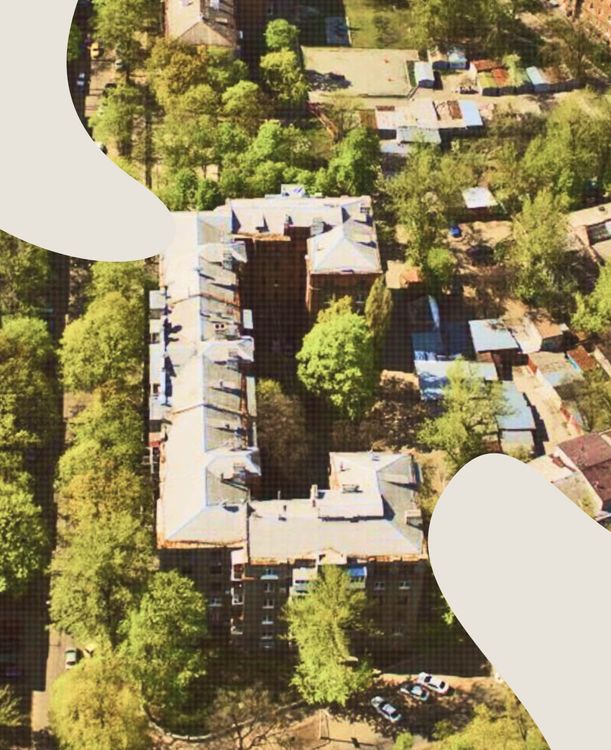
“Smilyvi zavzhdy maiut shchastia” (“The brave always have happiness”)

Orlyk’s Constitution

Creative & Tech Online Institute
Медіа про дизайн, креатив і тех індустрії

Ukrainski sichovi striltsi (The Ukrainian Sich Riflemen, or the USS)

Yuzivka


Danylo Halytskyi

Zaporizka Sich (The Zaporizhian Host)

Crimean Tatars, Karaites and Krymchaks (qırımlılar, qaraylar)

Holodomor

“Plyve kacha po Tysyni...” (“Swims the duckling, on the Tysa...”)

Antonov AN-225 Mriya ("The Dream")

Ivan Franko

“Yak umru to pokhovaite...” (When I am dead, bury me...)

Peresopnytske Yevanheliie (The Peresopnytsia Gospel)


Danylo Halytskyi

Mariupol


Falz-Fein and his “Askania Nova”


The Trident of Volodymyr the Great

